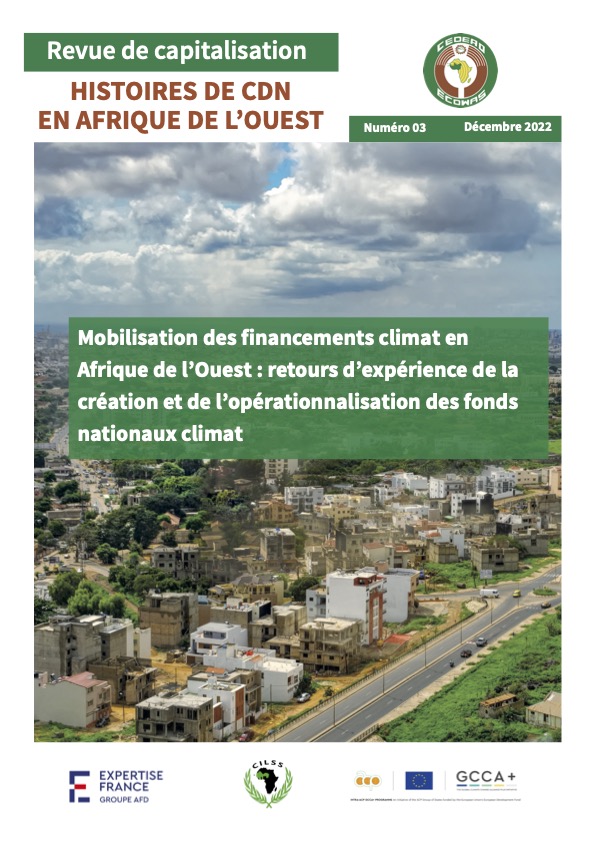Introduction: In rainfed agricultural systems, sustainable and efficient water management practices are key to improved agricultural productivity and natural resource management. The agricultural system in sub-Saharan Africa (SSA) relies heavily on the availability of rainfall. With the erratic…
Reliable and seasonally updated information on the effective rice cultivated area, forecasted, harvested yield and climate change impacts are essential requirements for governments to support decision-making related to food security, management of natural resources, agricultural productivity,…
Throughout history, the practices of livestock husbandry have been evolving with the aim of improving animal production to meet the changing needs and preferences of consumers. Among these practices, breeding has played a significant role in achieving the above-mentioned objectives. Breeding…
<strong>Fonds nationaux climat : opportunités de financement pour la lutte contre les changements climatiques</strong>
Chargé de programme, Changement climatique et Services climatiques Direction de l’Environnement et des Ressources Naturelles
Les changements…
Context and backgroundThis study focuses on land governance in Mali, particularly customary land in rural areas because of its importance in the development of agriculture, which occupies more than 80% of the population. The Malian State has undertaken reforms in order to secure customary land…
Land and water management practices have been widely implemented in rural Mali since the1980s to improve agricultural productivity and erosion control. Under conditions of recurring droughts, these practices are expected to increase farmers’ ability to cope with shocks. One of the most common…
Most of the smallholder farmers in Mali are confronted with multifaceted challenges, which include low productivity, post-harvest crop losses, underdeveloped markets, vulnerability to climate change, and gender inequality affecting the distribution of resources. These problems require…
This Environment and Social Management Pan (ESMP) has been developed by AfricaRice to clarify (i) the measures that will be taken during the implementation of project activities to eliminate or offset adverse E&S impacts, or to reduce them to acceptable levels; and (ii) actions needed to…
This factsheet gives answers on how climate exacerbates root causes of conflict in Mali, using an impact pathway analysis. Two main impact pathways are identified:
Livelihood and Food Security: Climate variability and extreme weather events undermine the viability of climate-sensitive…
Climate change has many facets, including changes in long-term trends in temperature and rainfall regimes, increased year-to-year variability, and frequency of extreme events. Agriculture is the most affected, particularly in Sahelian countries, due to a scarcity of productive resources.…
This Stakeholder Engagement Plan (SEP) has been prepared to identify the key stakeholders of the Accelerating Impact of CGIAR Climate Research for Africa (AICCRA) Mali Cluster, define information disclosure and stakeholder engagement measures and design a grievance mechanism (GM). The SEP…
Climate change is negatively affecting agricultural production in the Sahel region. Climate-Smart Agricultural Technologies (CSATs) are disseminated to reduce these negative effects, and particularly those on resource-poor farm households. This article investigates the distributional impacts of…



